Kubernetes has transformed how we build and manage cloud-native applications. But when it comes to networking — especially handling ingress traffic — the traditional Ingress API has shown limitations.
That’s where the Gateway API steps in — a powerful evolution designed to handle modern traffic routing needs with more flexibility, extensibility, and control.
In this blog, we’ll explain what the Gateway API is, how it differs from the old Ingress API, why it matters, and how to get started.
If you prefer a visual explanation, watch our latest video where we break it all down with animations, real-world analogies, and clear examples.
What Is the Gateway API?
The Gateway API is a next-generation Kubernetes networking API designed to manage external (and internal) traffic into a Kubernetes cluster.
It’s more than just a replacement for the Ingress API — it introduces a modular, role-based and extensible approach to routing traffic with better support for modern-day use cases like:
- Path-based and host-based routing
- TCP/UDP/HTTP/HTTPS support
- Multi-tenant environments
- Advanced traffic rules and load balancing
Why Was the Gateway API Introduced?
The Ingress API served us well — but it came with limitations:
| Ingress API Limitations | Gateway API Improvements |
|---|---|
| Limited to HTTP/HTTPS | Supports TCP, UDP, TLS, HTTP, HTTPS |
| Hard to extend | Clean extension points (CRDs) |
| Controller-specific behavior | Standardized behavior across vendors |
| Single resource definition | Decouples config by roles (Gateway, Route, etc.) |
| Not role-aware | Built-in support for infrastructure & app teams |
The Gateway API aims to unify and standardize how traffic enters your cluster — regardless of the controller (Istio, NGINX, Envoy, etc.).
Key Gateway API Resources
The Gateway API introduces modular, role-based resources that cleanly separate concerns:
| Resource | Purpose |
|---|---|
| GatewayClass | Defines the type of Gateway (e.g., NGINX, Istio, Envoy) |
| Gateway | Represents the network endpoint (e.g., LoadBalancer IP or hostname) |
| HTTPRoute / TCPRoute / UDPRoute | Defines how traffic is routed based on protocol |
| BackendPolicy | (Optional) Policies like retries, timeouts, TLS for backends |
| ReferencePolicy | Controls cross-namespace references for security |
This structure lets different teams manage networking config without stepping on each other’s toes.
How Traffic Flows with the Gateway API
Here's how external traffic enters and is routed inside your cluster:
(Load Balancer IP)
(path matching, headers, etc.)
- GatewayClass: Chosen by the infra team, defines what implementation is used (e.g., Istio).
- Gateway: Deployed as a Service (e.g., LoadBalancer) to accept traffic.
- HTTPRoute: Defined by app teams to route traffic based on hostname, path, etc.
- Services & Pods: Your actual applications.
Gateway API vs Ingress: A Simple Comparison
| Feature | Ingress API | Gateway API |
|---|---|---|
| Protocol Support | HTTP/HTTPS | HTTP, HTTPS, TCP, UDP, TLS |
| Extensibility | Limited | Highly Extensible |
| Role Separation | No | Yes (Infra vs App teams) |
| Multiple Listeners (ports) | No | Yes |
| Multiple Routes per Gateway | No | Yes |
| Standardized APIs | Not always | Yes |
Example: Defining a Gateway and HTTPRoute
Who Is Using Gateway API?
Major cloud-native projects and vendors are actively adopting Gateway API:
- Istio
- NGINX
- Kong
- Envoy Gateway
- Traefik
As the API matures, more controllers are standardizing around it — giving users more freedom to switch or upgrade without rewriting configs.
The Future of Kubernetes Networking
The Gateway API is not just a feature — it's a foundation. It’s built to handle:
- Multi-tenant environments
- Fine-grained access and security policies
- Cloud-native load balancing
- Standardization across vendors
- Future protocols and innovations
With Gateway API moving steadily toward GA (General Availability) in 2024–2025, it's becoming the de factostandard for Kubernetes networking.
Practice and Learn: KodeKloud’s Hands-On Courses
The Gateway API is now officially part of the updated CKA (Certified Kubernetes Administrator) certification curriculum.
📘 New Update: To help you get exam-ready, we’ve added a dedicated section on Gateway API in our CKA Certification Course.
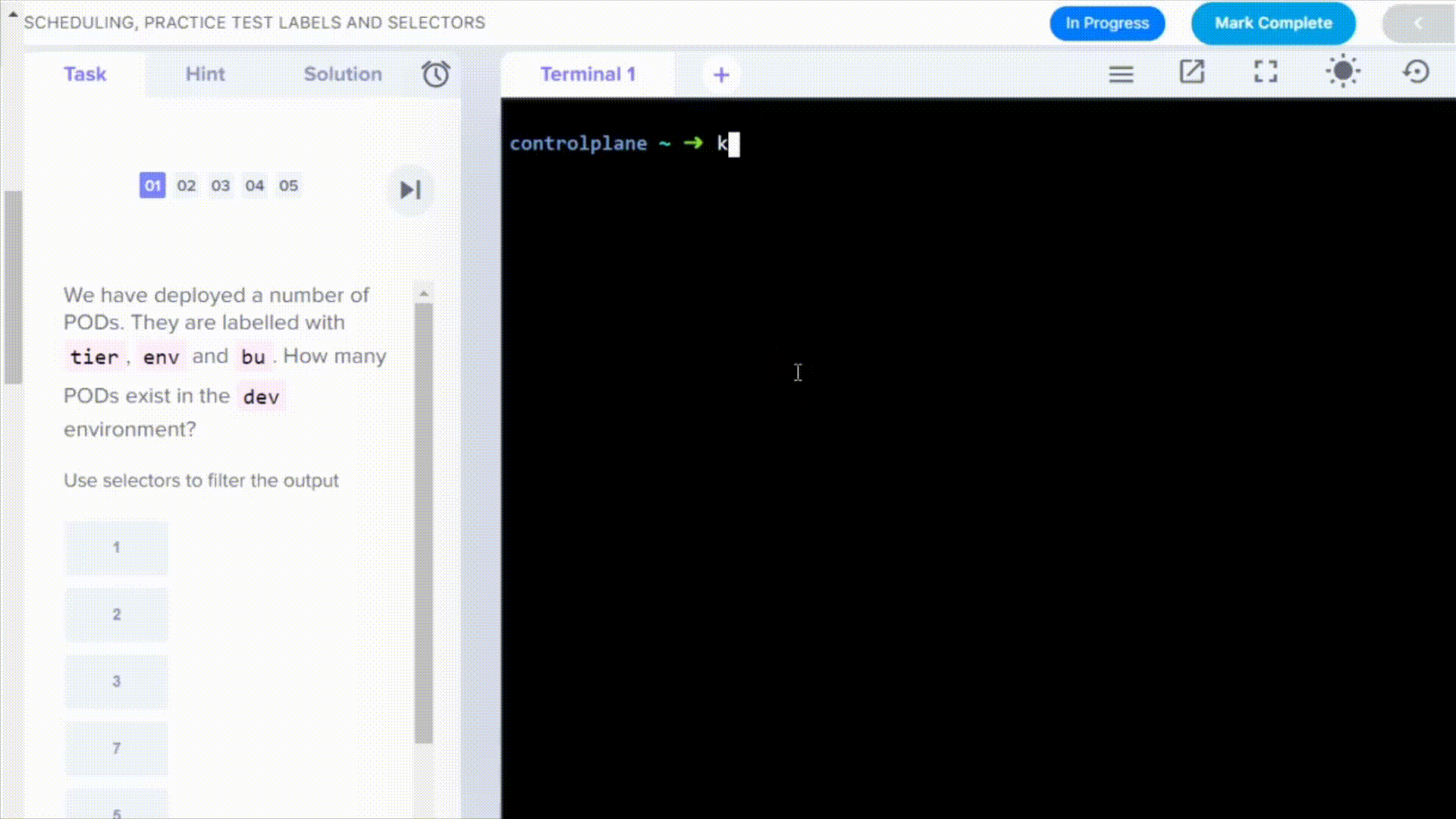
🚀 Want to try Kubernetes networking and ingress concepts hands-on?
✅ Learn with practical labs, challenges, and real-world use cases in these KodeKloud Labs and courses:

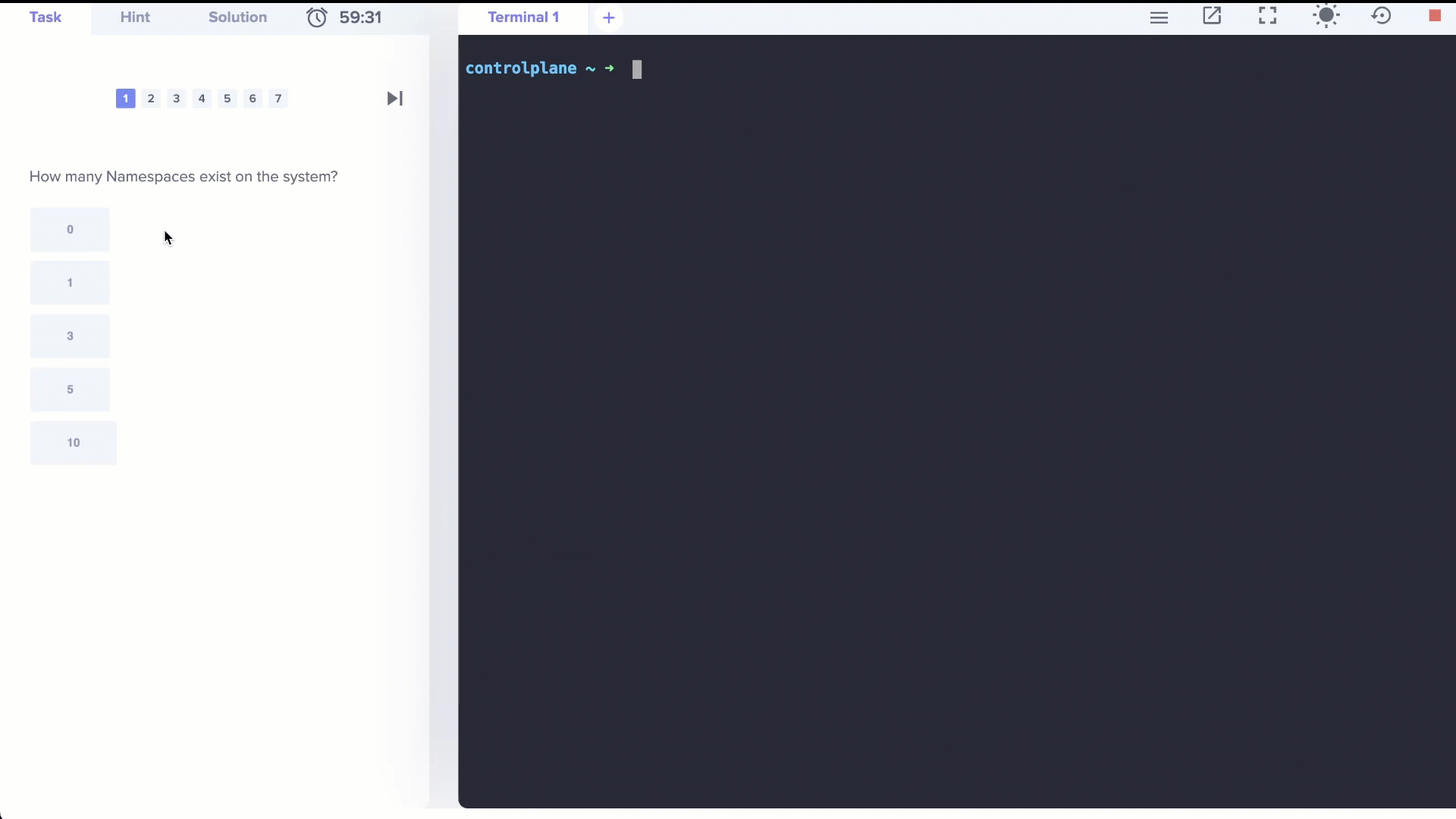
Final Thoughts
The Gateway API is the future of Kubernetes networking.
Whether you're building multi-tenant platforms, managing secure routes across apps, or preparing for service mesh adoption — learning the Gateway API gives you modern, standardized tools to handle traffic intelligently.



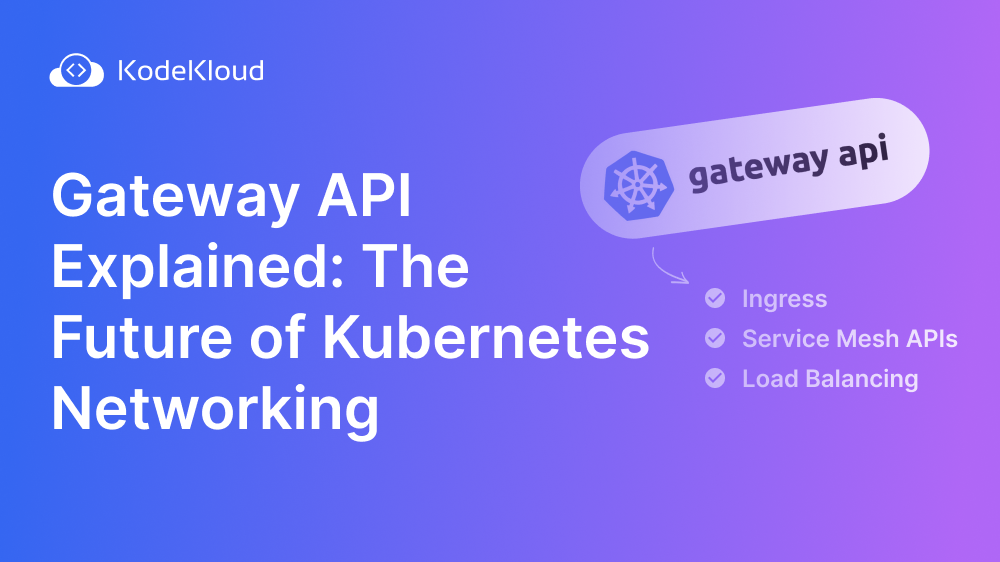



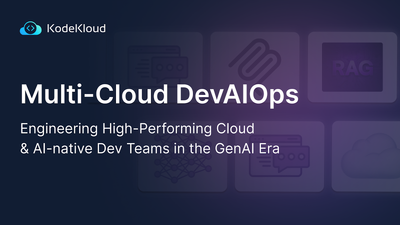


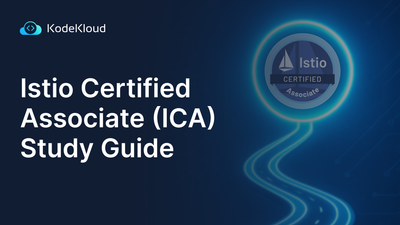



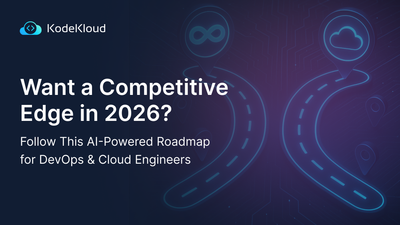
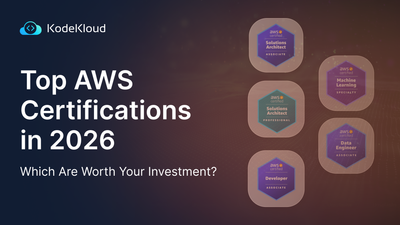
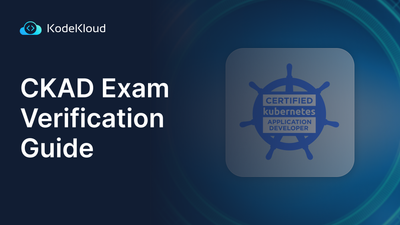
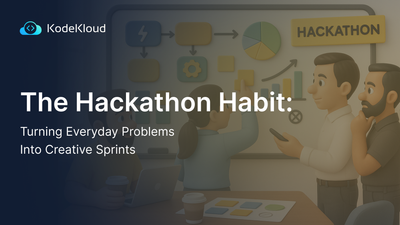


Discussion